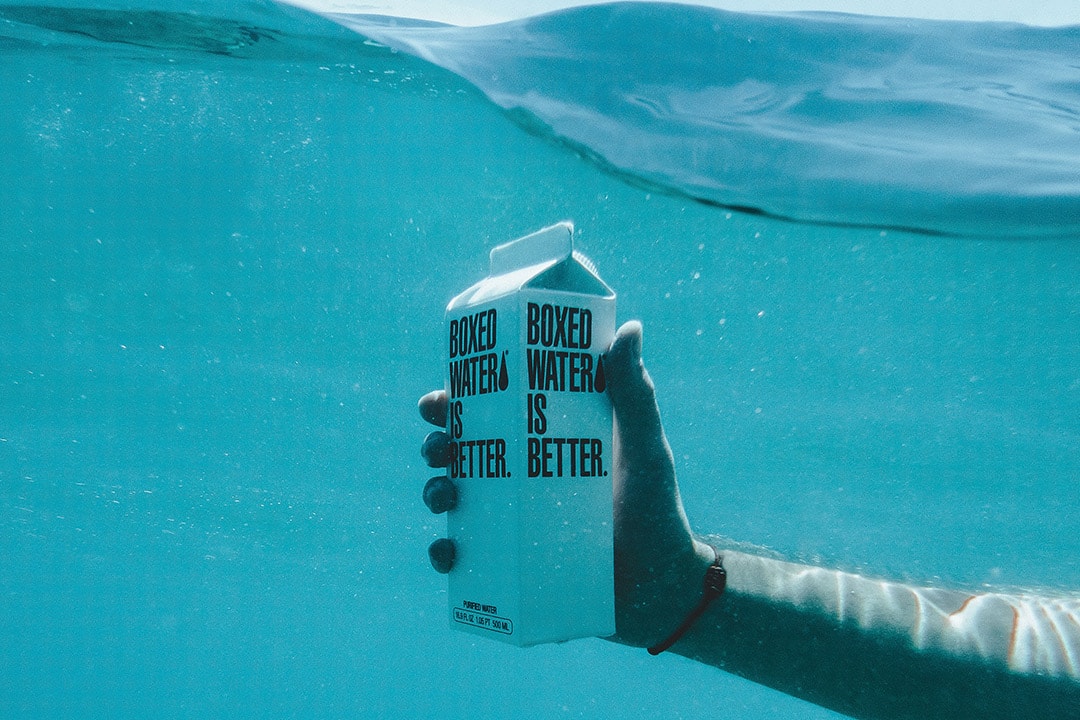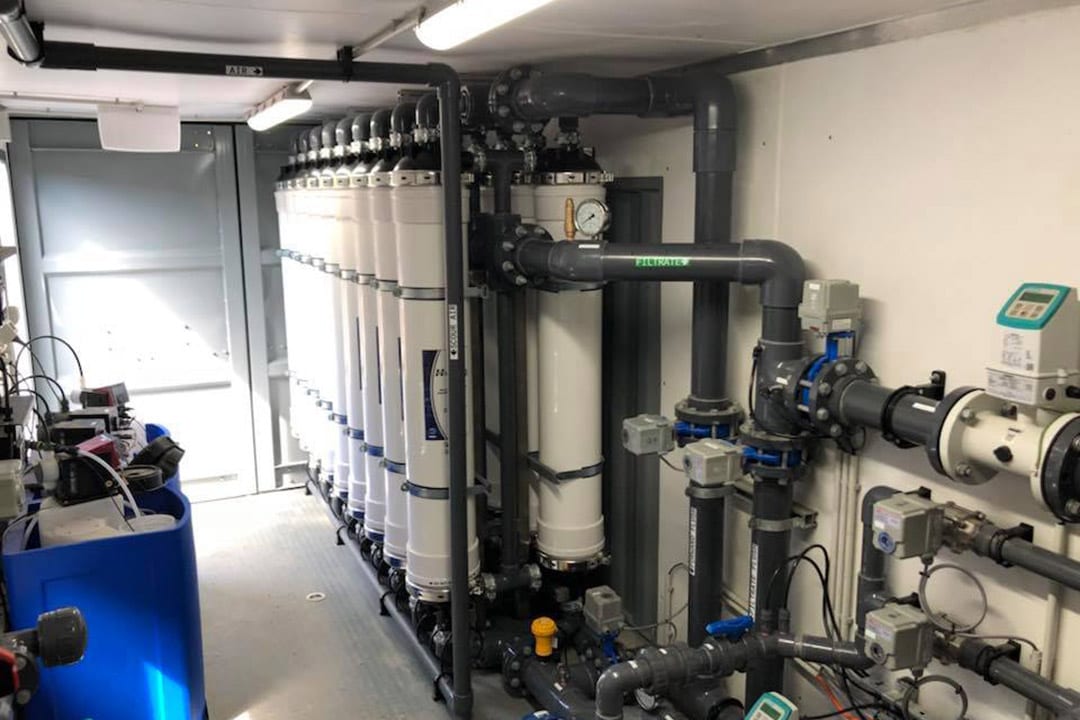 ';
view
';
view

Introducing PFAS Environmental
PFAS Environmental Pty Ltd evolved from the successful R&D division of its sister company, Membrane Systems Australia Pty Ltd, or MSA. Both companies are proudly Australian owned and operated with a focus on continually researching, developing and maintaining its own locally designed and manufactured water treatment systems.
Our PFAS Remediation Plants are Product of Australia Certified. Materials, instruments and equipment used are of the highest quality ensuring that our Remediation Plants are reliable, fit for purpose and maintain longevity.
Our key focus is to provide our customers with reliable and economical PFAS water remediation solutions.
What Is PFAS
PFAS, the abbreviated term for Per- and Polyfluoroalkyl substances, are extremely stable manufactured chemicals used in products that resist heat, oil, stains and water. These properties make them very useful for many industrial uses, including non-stick cookware, food packaging, insecticides, waterproof and fire-resistant fabric, and firefighting foams (known as aqueous film-forming foams, or AFFF’s).
Perfluorooctane sulphonate (PFOS), perfluorooctanic acid (PFOA) and perfluorohexane sulphonate (PFHxS) belong to this group of chemicals. They have been extensively used due to their effectiveness in fighting liquid fuel fires. They don’t break down easily and therefore accumulate in the environment. After over half a century of concentrated use throughout the world on sites where mass scale firefighting training occurs including airports, defence sites and emergency services training facilities detection of contaminated groundwater and human exposure has been realised.


What Is PFAS
PFAS, the abbreviated term for Per- and Polyfluoroalkyl substances, are extremely stable manufactured chemicals used in products that resist heat, oil, stains and water. These properties make them very useful for many industrial uses, including non-stick cookware, food packaging, insecticides, waterproof and fire-resistant fabric, and firefighting foams (known as aqueous film-forming foams, or AFFF’s).
Perfluorooctane sulphonate (PFOS), perfluorooctanic acid (PFOA) and perfluorohexane sulphonate (PFHxS) belong to this group of chemicals. They have been extensively used due to their effectiveness in fighting liquid fuel fires. They don’t break down easily and therefore accumulate in the environment. After over half a century of concentrated use throughout the world on sites where mass scale firefighting training occurs including airports, defence sites and emergency services training facilities detection of contaminated groundwater and human exposure has been realised.
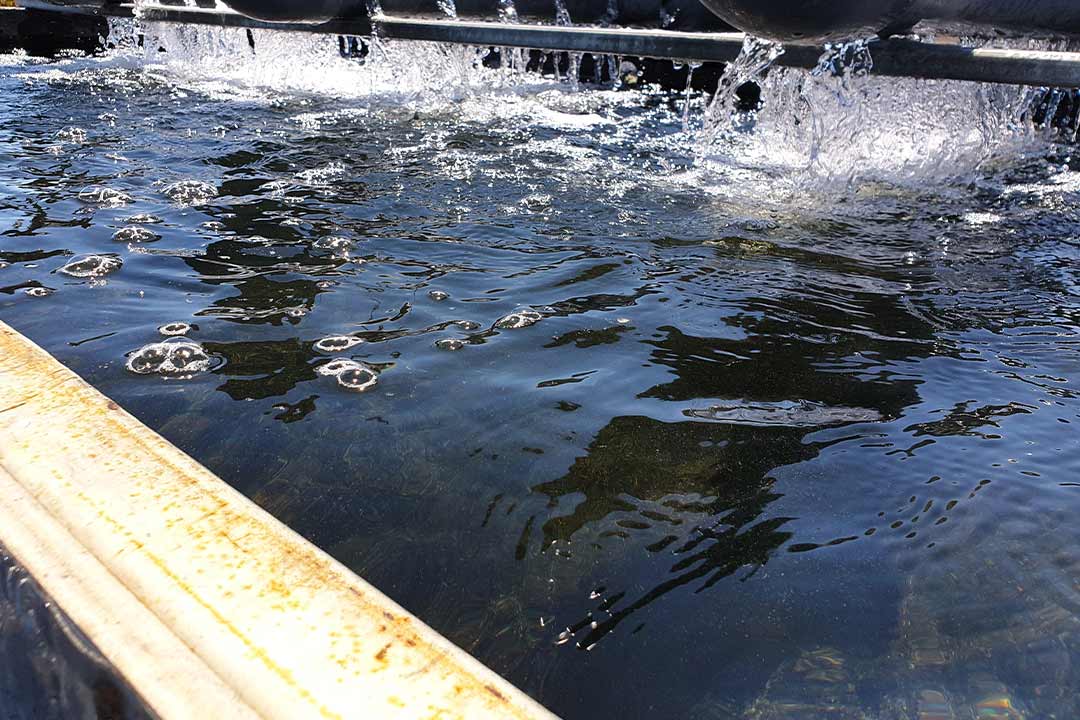
The Problem
PFAS compounds are extremely stable and are highly soluble in water. This means that they don’t break down naturally and can travel large distances from the source point throughout ecosystems and move up food chains, accumulating in animals and humans. While Scientific understanding about human health effects of long-term PFAS exposure is still developing, it is known that the contaminant is toxic to a range of animals.
Concerningly, the realisation of PFAS contamination has presented one of today’s most pressing environmental hazards on a worldwide scale. The development of remediation is in full swing throughout the world and while PFAS removal from contaminated ground water is frequently achieved by utilising various water treatment technologies via varying processes, most produce some form of contaminated bi-product and in many cases the bi-product is stock-piled, creating a new environmental problem.
MSA is proud to have partnered with its research team and is developing a remediation process through patented technology that will offer a complete green solution.
Our Solution
Excitingly, PFAS Environmental and Membrane Systems Australia have partnered with leading researchers at the University of South Australia to successfully develop a cost-effective remediation solution. Early R&D trials have demonstrated PFAS removal from water sources of >90%, with externally laboratory results below detection limits. This patented technology also includes a regeneration step allowing for PFAS destruction and regeneration of the capture media, thereby eliminating further waste materials being sent for external disposal. This process allows PFAS Environmental to offer a completely green PFAS remediation solution.
Our vision is not only to provide a complete, workable solution to the market but to also remediate stockpiled biproducts in storage throughout the world.
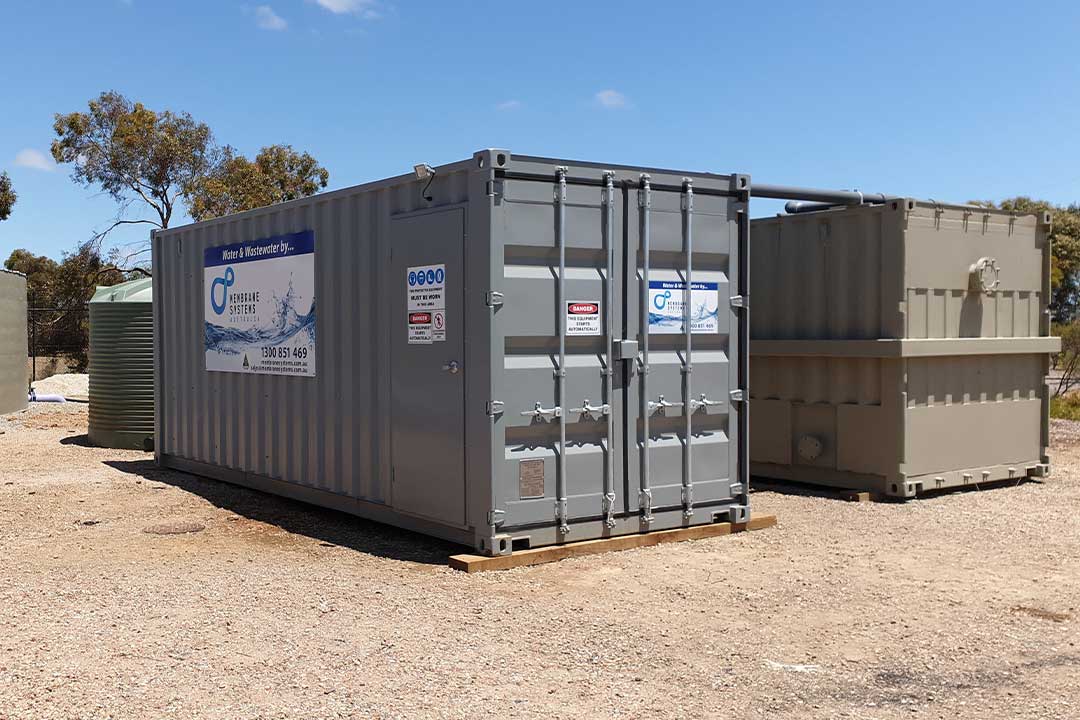

Our Solution
Excitingly, PFAS Environmental and Membrane Systems Australia have partnered with leading researchers at the University of South Australia to successfully develop a cost-effective remediation solution. Early R&D trials have demonstrated PFAS removal from water sources of >90%, with externally laboratory results below detection limits. This patented technology also includes a regeneration step allowing for PFAS destruction and regeneration of the capture media, thereby eliminating further waste materials being sent for external disposal. This process allows PFAS Environmental to offer a completely green PFAS remediation solution.
Our vision is not only to provide a complete, workable solution to the market but to also remediate stockpiled biproducts in storage throughout the world.

Large Scale PFAS Remediation Project
Following on from smaller trails, PFAS Environmental/MSA have recently completed what is believed to be one of Australia’s biggest and most successful PFAS remediation projects.
The patented technology within the PFAS removal system currently treats up to 2ML/d of contaminated ground water and successfully removes greater than 90% of both short and long chain PFAS/precursors in a single pass. Undetected levels are being achieved once the water has passed through its polishing stage, all within our patented process.
The project layout broadly consists of a feed tank, 2x containerised patented technology pods and finally a filtrate tank, all within a relatively small footprint. Currently the system can be scaled to treat from 100kL/day to 2ML/day with a PFAS rejection rate of >90%.
The patented media will also remove other contaminants including, but not limited to, trichloroethene (TCE), Pesticides, Herbicides and Hydrocarbons. Filtrate water is suitable for irrigation, reinjection or even potable water grade subject to local approvals
PFAS Environmental – Market Ready Solutions
Our remediation plants have been designed to offer a wide range of flexible solutions, which includes:
- Containerised Plant to achieve a compact footprint and portability meaning rapid utilisation across numerous locations
- Varying system capacities to suit a range of flows, from 100kl up to 2ML/Day from a single train. Additional trains can be deployed to meet larger project capacities
- Remote Monitoring & Operational Support in addition to onsite servicing, including the complete supply of consumables and chemicals.
- A range of customised commercial models
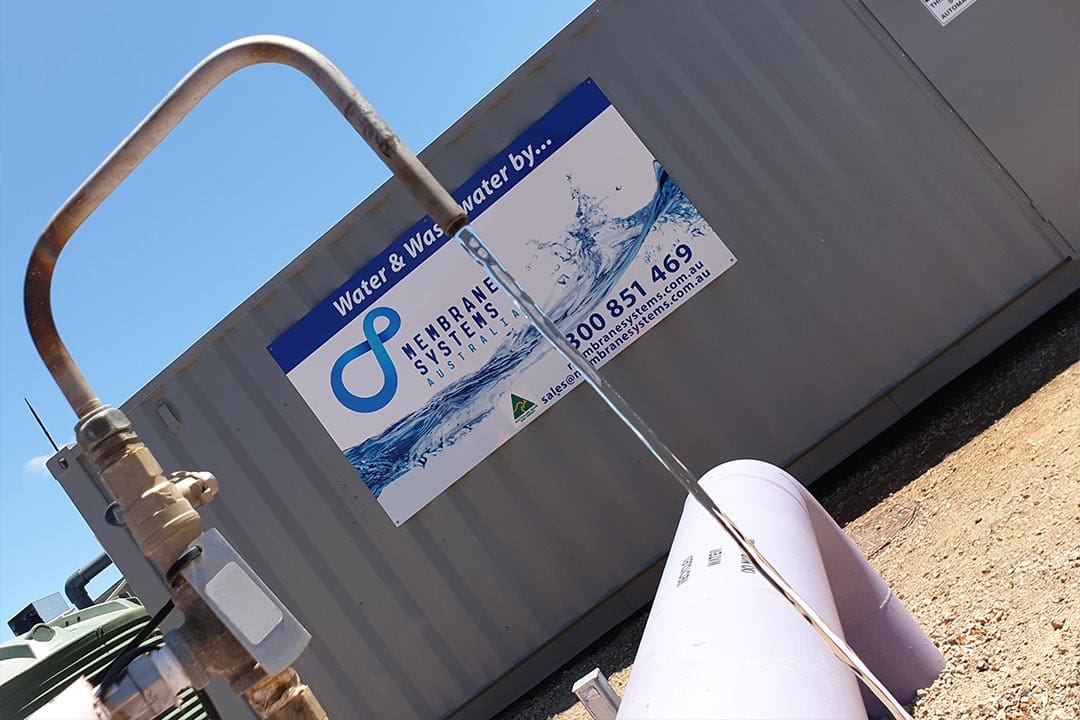

PFAS Environmental – Market Ready Solutions
Our remediation plants have been designed to offer a wide range of flexible solutions, which includes:
- Containerised Plant to achieve a compact footprint and portability meaning rapid utilisation across numerous locations
- Varying system capacities to suit a range of flows, from 100kl up to 2ML/Day from a single train. Additional trains can be deployed to meet larger project capacities
- Remote Monitoring & Operational Support in addition to onsite servicing, including the complete supply of consumables and chemicals.
- A range of customised commercial models

